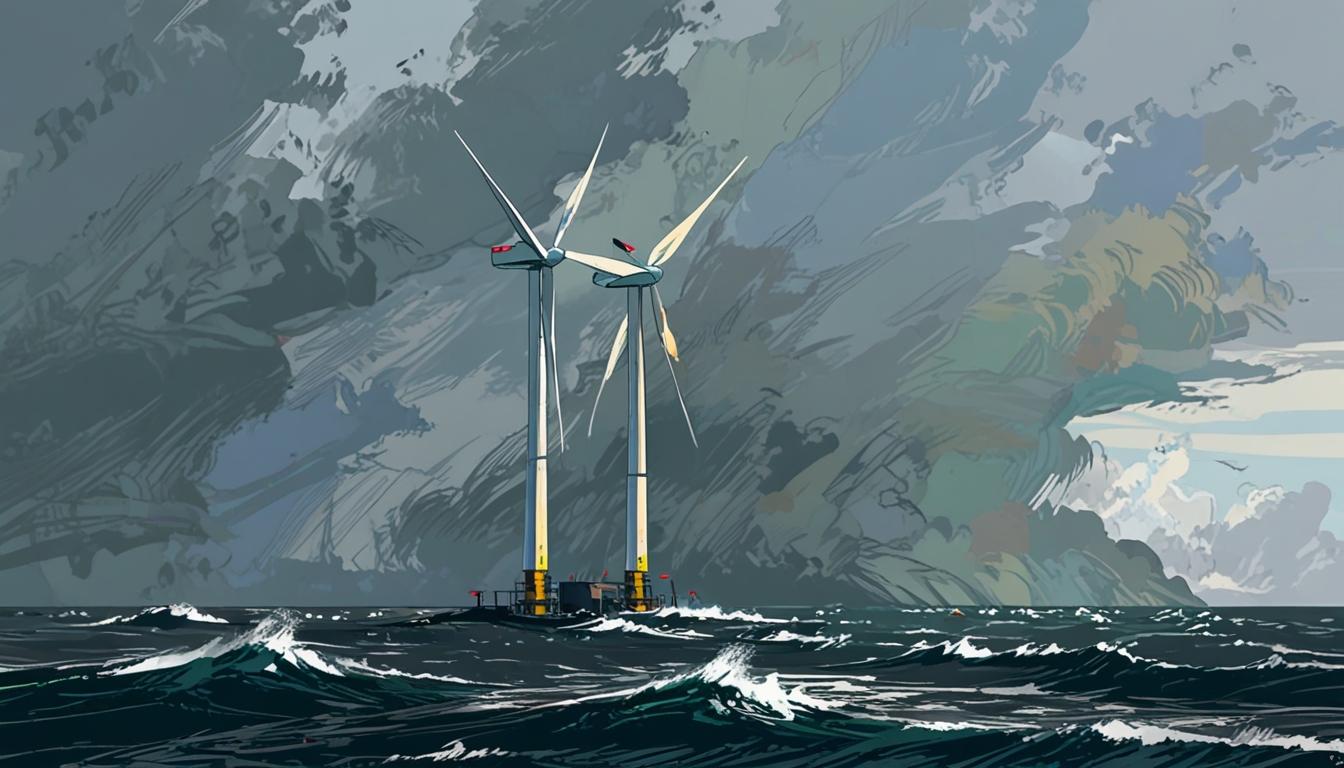Ørsted Halts Hornsea 4 Project Amid Growing Economic Pressures
In a significant setback for the UK's renewable energy ambitions, Ørsted, the world's largest offshore wind developer, has announced the discontinuation of its Hornsea 4 project. The decision stems from an array of adverse economic developments, including escalating supply chain costs, rising interest rates, and increased operational risks. Chief Executive Rasmus Errboe stated that these factors "have eroded the value creation" associated with the project, which was intended to generate 2.4 gigawatts of power, enough to supply over a million homes.
The UK government had previously granted Ørsted a fixed price for electricity generated by Hornsea 4, reflecting its commitment to expanding clean energy infrastructure. However, the company now faces projected losses ranging between £399 million to £513 million this fiscal year due to the halt. Errboe emphasised that while the immediate future of Hornsea 4 is uncertain, Ørsted retains the development rights and plans to revisit the project when conditions are more favourable.
This decision echoes a broader trend affecting the renewable energy sector, particularly in light of rising inflation and supply chain constraints impacting infrastructure projects across Europe. Ørsted is not alone in this struggle; Vattenfall similarly suspended its projects in 2023 due to financial pressures. Analysts have noted that the consistent pattern of project cancellations signals a troubling lack of resilience within the industry, exacerbated by inadequate governmental support.
In addition to the suspension of Hornsea 4, Ørsted's challenges extend across the Atlantic. The company recently suffered a $4 billion blow from the cancellation of wind farm projects in the United States—an important market for renewable energy development. The political landscape has further complicated Ørsted's operations, especially following former President Donald Trump’s decision to freeze federal permitting for all offshore wind projects, which has instilled widespread uncertainty and dampened investor confidence within the sector.
Despite these struggles, Ørsted reported an increase in first-quarter sales of 8% to 20.7 billion kroner, although this fell short of analysts' expectations. Net profits nearly doubled to 4.8 billion kroner, suggesting that while the company faces significant hurdles, there is still potential for growth. Nonetheless, Ørsted's market value has plummeted by 80% since its peak in 2021, underscoring the critical challenges it faces in a tumultuous economic environment.
The British government's response to Ørsted's decision reflects a commitment to revitalising the Hornsea 4 project. Officials acknowledge the toll of high inflation and supply chain disruptions on the industry and have pledged to collaborate with Ørsted to bring the project back on track. The government’s long-term aim remains clear: to triple the country's offshore wind capacity by 2030, positioning the UK as a leader in renewable energy.
As Ørsted navigates these complexities, it is also making strategic moves to strengthen its balance sheet, including divesting stakes in several existing projects. With a renewed focus on its offshore wind capabilities, Ørsted aims to maintain its premier position in the global market amidst daunting challenges.
The landscape of renewable energy is undergoing a seismic shift, and the future of projects like Hornsea 4 will depend not only on market conditions but also on the robustness of political and institutional support. While Ørsted continues to believe in offshore wind’s long-term potential, the immediate future holds significant uncertainty.
Reference Map:
- Paragraph 1 – [1], [2]
- Paragraph 2 – [2], [3]
- Paragraph 3 – [2], [5]
- Paragraph 4 – [3], [4]
- Paragraph 5 – [4], [6]
- Paragraph 6 – [6], [7]
Source: Noah Wire Services
